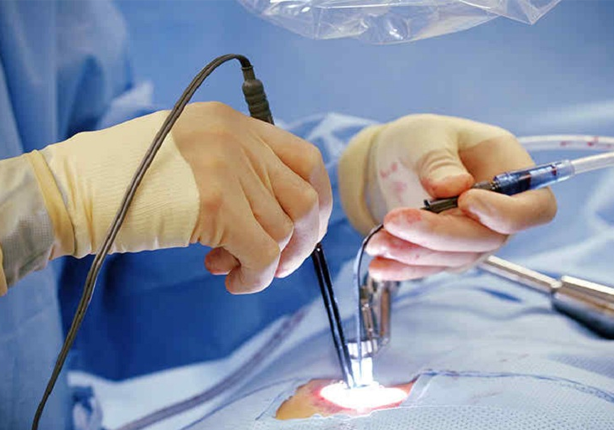

An endoscopy is a procedure in which your doctor uses specialized instruments to view and operate on the internal organs and vessels of your body. It allows surgeons to see problems within your body without making large incisions. A surgeon inserts an endoscope through a small cut or an opening in the body such as the mouth. An endoscope is a flexible tube with an attached camera that allows your doctor to see. Your doctor can use forceps and scissors on the endoscope to operate or remove tissue for biopsy.Why do I need an endoscopy? Endoscopy allows your doctor to visually examine an organ without having to make a large incision. A screen in the operating room lets the doctor see exactly what the endoscope sees.
Your doctor will review your symptoms, perform a physical examination, and possibly order some blood tests prior to an endoscopy. These tests will help your doctor gain a more accurate understanding of the possible cause of your symptoms. These tests may also help them determine if the problems can be treated without endoscopy or surgery.